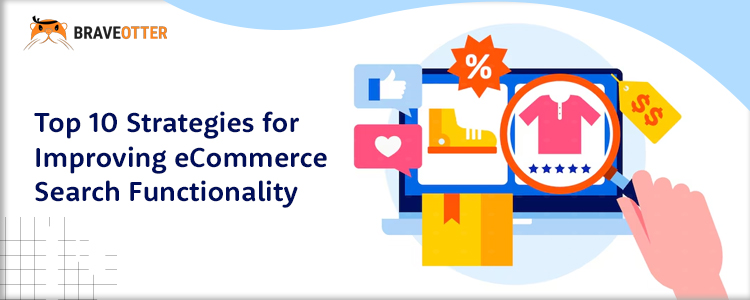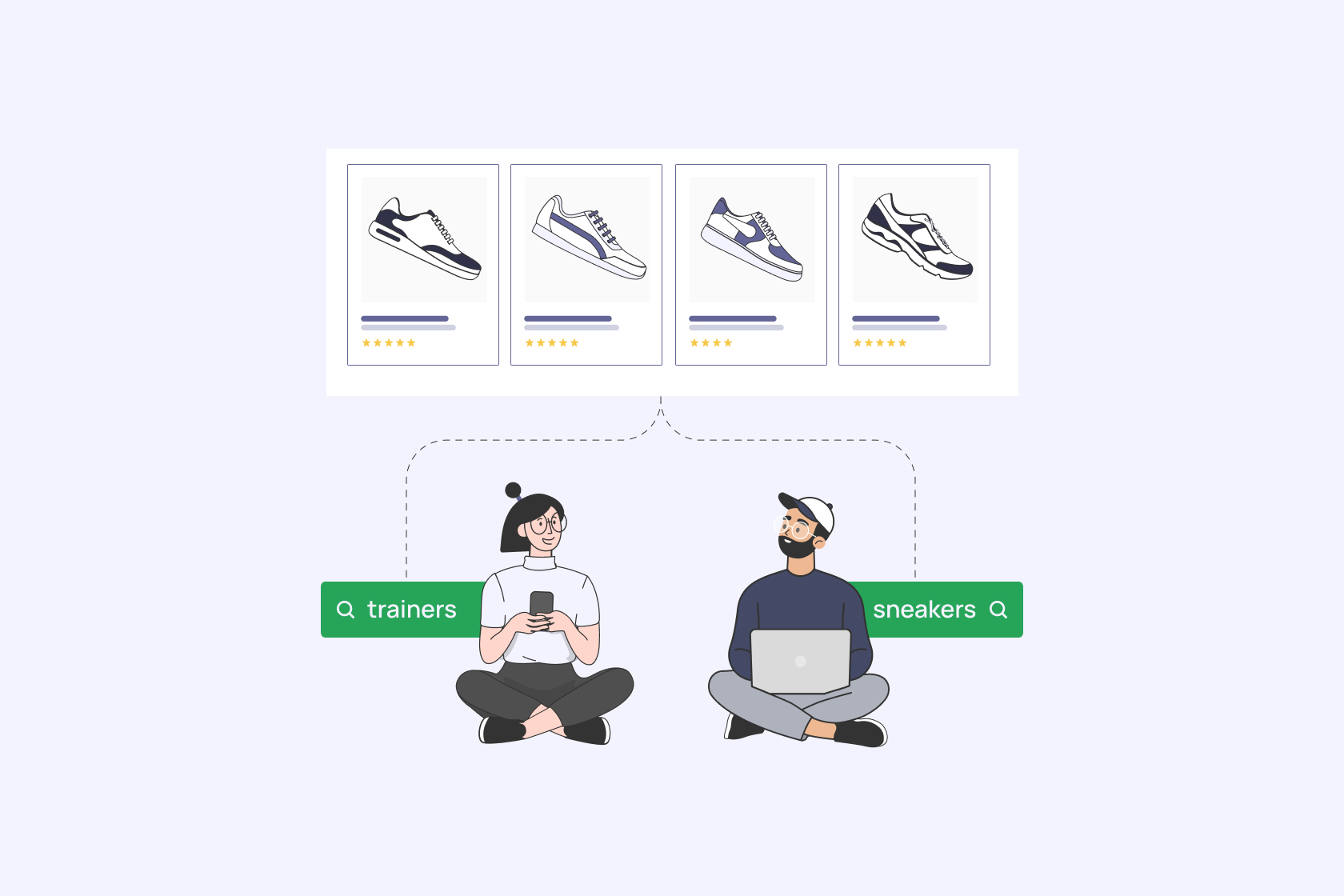eCommerce Search: 10 Best Practices to Boost Engagement

In today’s competitive online market, eCommerce search is a critical tool for enhancing user engagement and driving conversions. A well-optimized search function helps users quickly find what they are looking for, leading to a smoother shopping experience and higher sales. Below are the top 10 eCommerce search best practices that can significantly improve product discovery and boost engagement on your platform.
1. Implement Predictive Suggestions for Better eCommerce Search
Predictive suggestions, such as autocomplete, help users by offering terms as they type. This feature not only saves time but also reduces query abandonment, increasing the likelihood that customers will find relevant products faster.
2. Account for Typos and Synonyms
Users might make spelling mistakes or use different terminology. Ensuring that your system handles variations like typos and alternative words helps capture a broader range of queries, improving the chances of returning relevant results.

3. Optimize for Mobile
With more shoppers using mobile devices, it’s essential that your navigation tools work flawlessly on smaller screens. Responsive design, touch-friendly filters, and fast-loading results are key to keeping mobile users engaged.
4. Utilize Filters and Faceted Navigation
Filters allow users to narrow down results by categories like price, color, or brand, while faceted navigation offers an advanced filtering system for refining results further. This approach ensures a smoother browsing experience, especially on large inventories.
5. Highlight Relevant Keywords in Results
When users search for products, highlighting their terms within the results reassures them that they’re seeing the most relevant options and improves their ability to scan results quickly.
6. Personalized Results
Personalization can significantly impact engagement. By analyzing user behavior—such as previous searches or purchases—you can tailor results to individual preferences, increasing the likelihood of conversion. Read more about personalization in eCommerce.

7. Use AI for Smart Ranking
AI can optimize the ranking of results by learning from user interactions. Over time, machine learning algorithms adjust the relevance of results based on user behavior, ensuring the most useful products appear first. Explore AI-powered ranking.
8. Offer Advanced Filters
For users with specific needs, an advanced filtering feature can be invaluable. This allows them to apply multiple criteria, saving time and enhancing their overall experience.
9. Speed Matters
A slow process can lead to user frustration and increased bounce rates. Optimizing the backend to ensure fast response times—especially under heavy traffic—will enhance user satisfaction and keep them on your site longer. Google explains why performance matters.
10. Regularly Analyze Data
Understanding what your users are searching for provides valuable insights. By analyzing search patterns, you can spot opportunities to enhance your system and ensure users have access to the products they need. Data optimization tips can help you make data-driven decisions.
Conclusion
Optimizing your eCommerce discovery process is a key factor in enhancing user engagement and driving conversions. By following these best practices, you’ll provide a more intuitive and responsive experience, helping users find what they’re looking for quickly.

